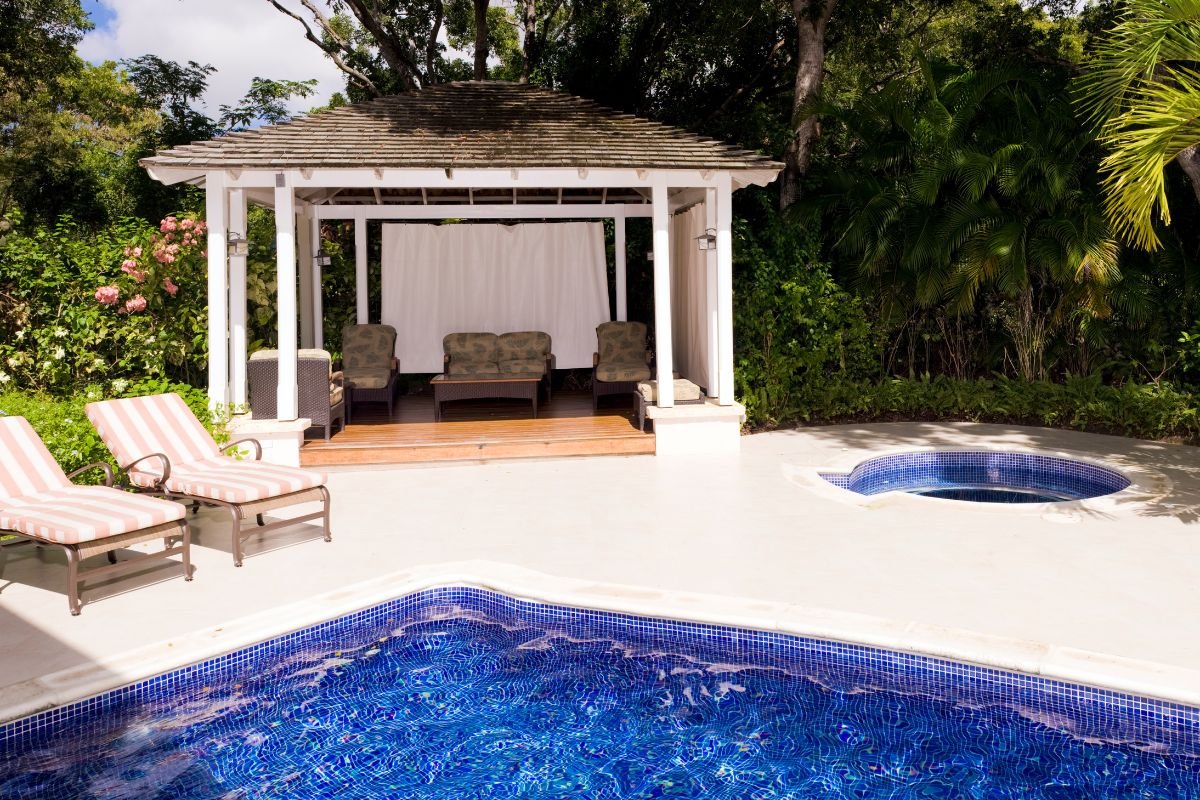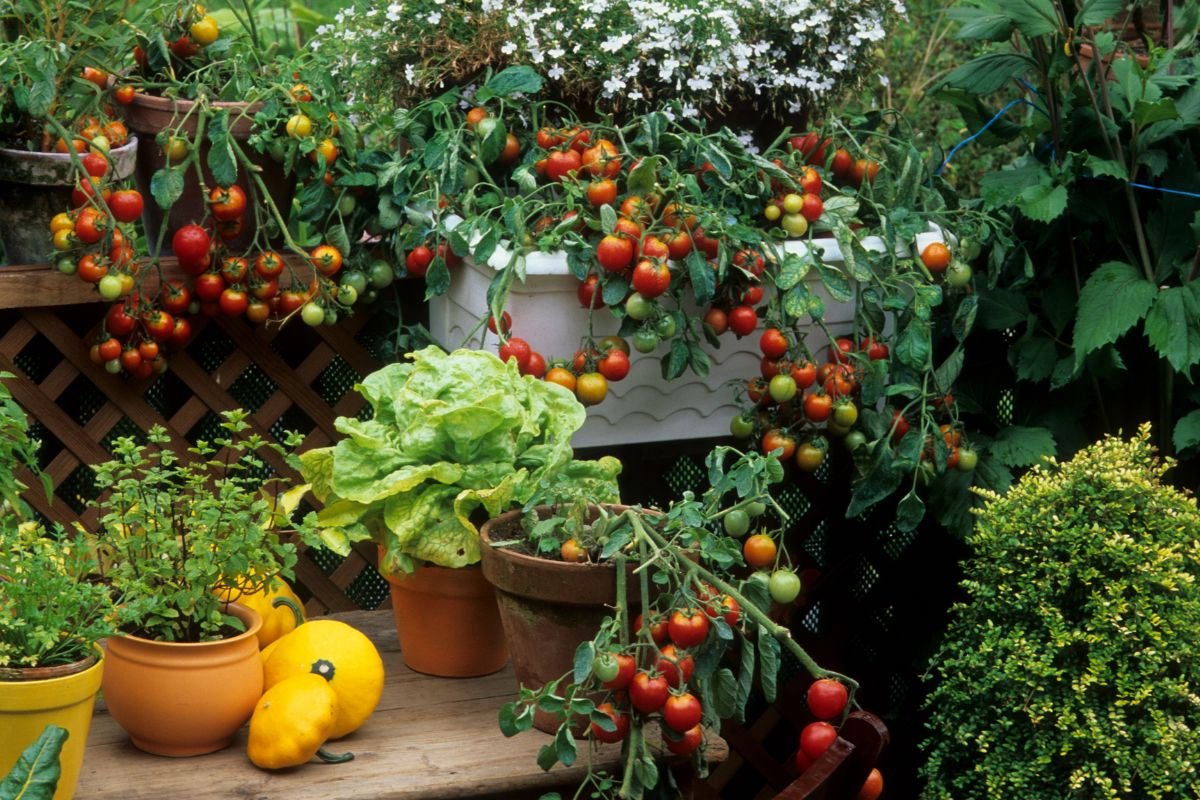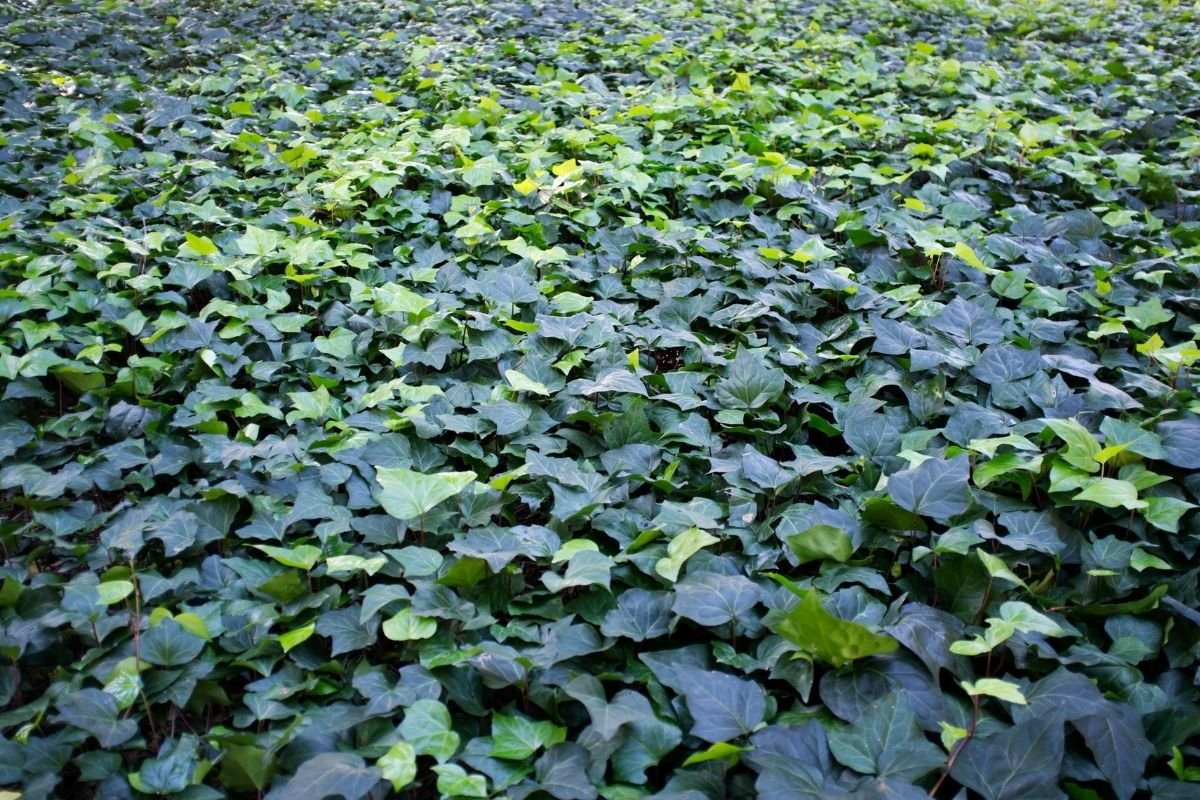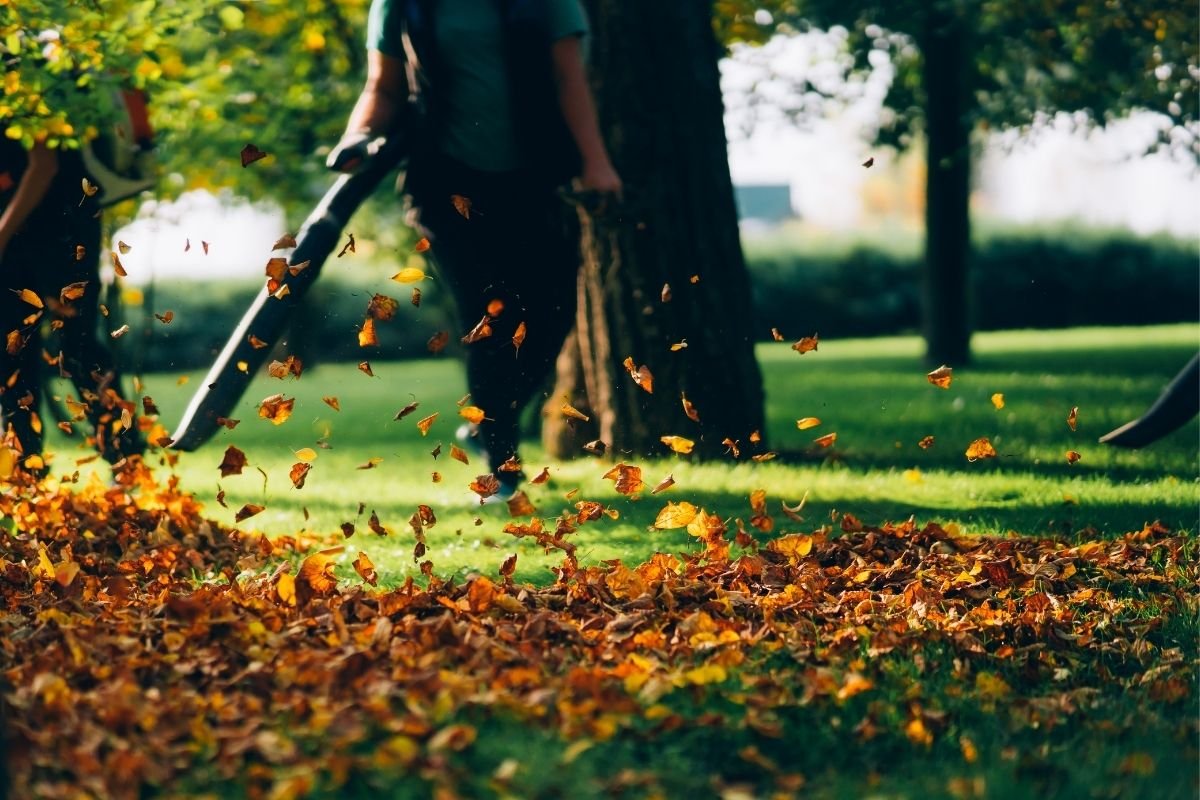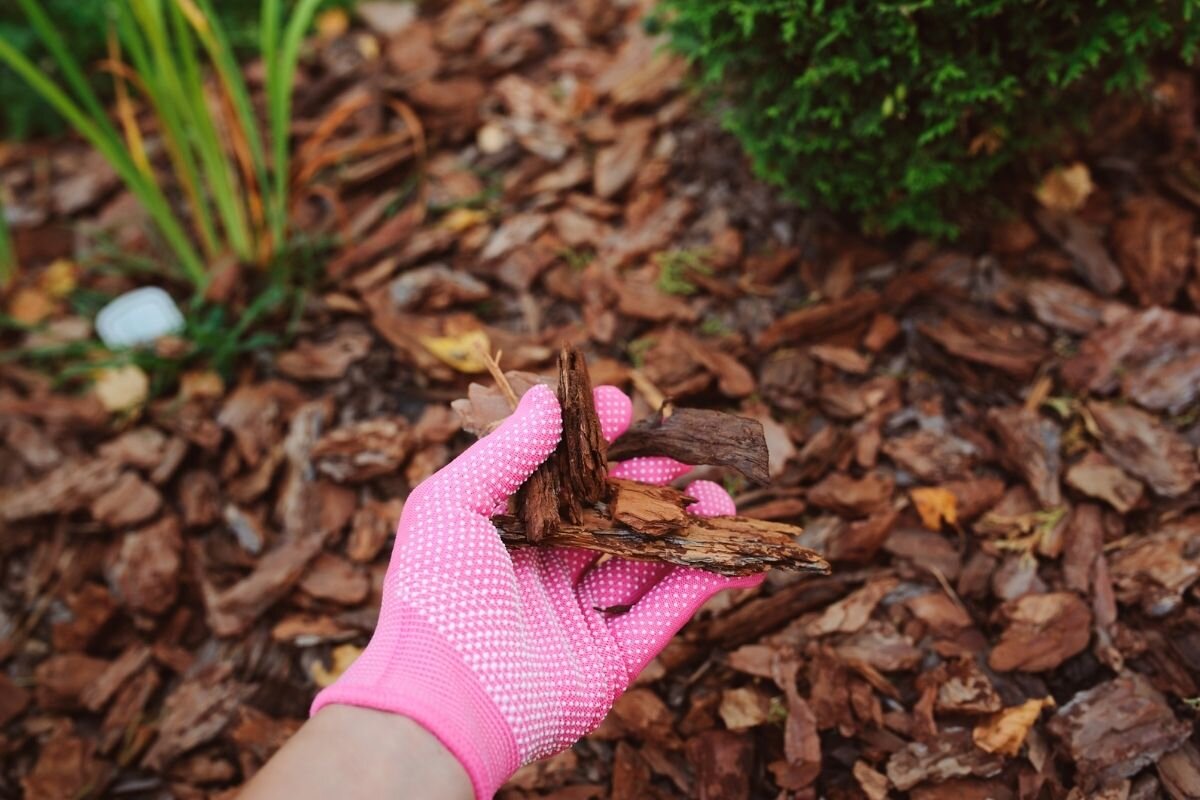The average Kiwi backyard can take a real hammering over the summer break. With Christmas celebrations taking place outdoors across the nation (when weather permits, of course), our yards can definitely look worse for wear once the cooler weather rolls in.
Once the last guests have packed their bags and headed home, it can be time to add ‘revamping your backyard’ to your to-do list. If you’re unsure where to begin, start with the following tasks:
Clean and Declutter
After several days of celebrating outside, it’s only natural for your outdoor area to be looking a little tidy or uncluttered. Take time to clear away anything that isn’t usually there so you can start fresh for the new year. This can involve tidying away lawn games, storing extra chairs, and getting rid of rubbish.
Repair the Lawn
After spending time running around the backyard, playing that all-important game of backyard cricket, your lawn is likely not as healthy as it could be. Repeated use can cause the grass and soil to become compacted. Compacted lawns can struggle to access sunshine, oxygen, and the nutrients they need to thrive. Before long, they can weaken and succumb to disease.
Prevent that from happening by aerating your lawn. Aerating involves poking small holes into the grass to provide it with access to water and nutrients. Depending on the size of your yard, you might use special aeration shoes, dethatcher and aerator machines, or rotary aerators.
While you’re aerating, take the opportunity to look out for other potential lawn problems, such as weeds, diseases, and dead or bald patches. Address these issues to help your grass thrive.
Weed the Gardens
Lawns aren’t the only part of your yard that likely suffered during the summer break. Your gardens may have, too. Time-intensive tasks like gardening can fall by the wayside when you’re so busy entertaining guests and spending time with your family.
With big plans to revamp your backyard, add gardening to your to-do list. Make it a family activity because, after all, many hands make light work. Otherwise, consider outsourcing this task to the experts.
Inspect and Repair
Additional guests staying over the holiday period can sometimes mean accelerated wear and tear. With the last guests leaving for home, now can be the perfect time to inspect your yard and its contents and make any necessary repairs.
Look for imperfections in outdoor furniture, backyard games, BBQs, and general furnishings. Taking care of any issues before you store them away means you don’t have to worry about making last-minute purchases or repairs when you haul them out of storage the following summer.
Clean the BBQ
Cleaning the BBQ is easily one of our least favourite jobs. But after a summer season of use, a complete overhaul can be needed to ensure it’s fresh and ready for the next BBQ season.
While your BBQ will likely never look as good as the day you bought it, some elbow grease and a few helpful products can certainly make a difference.
Purchase:
Aluminium foil
Aluminium drip trays
Paper towels
Rubber gloves
A cleaning scrubber toil
Dishwashing liquid
A fat-absorbing agent
A grill brush with a scraper
Canola oil in a spray can
BBQ wipes
A bucket or tub for cleaning
Take these steps:
Turn the gas bottle off and disconnect it
Remove the drip tray, scrape out the fat, and wipe out excess grease with BBQ wipes
Fill buckets with hot, soapy water and scrub your hot plates
Clean the BBQ with BBQ wipes
Replace the drip tray and line it with aluminium foil and fat absorber
Spray oil on the hot plates to prevent rust
Make Long-Discussed Improvements
Sometimes, it’s not until you’re outside sitting in your entertainment area with loved ones that you start thinking about everything that could improve your outdoor space. It might be a taller fence, a privacy hedge, a larger deck, or simply a new BBQ.
As another entertainment season comes to a close, now might be the right time to start planning those upgrades so they’re ready for next year.
Replace Plants
Summer conditions can sometimes take their toll on plants. Depending on how the weather Gods have treated us, they may have experienced too much sun or didn’t get enough water. If any of your plants are looking worse for wear or can’t be saved, visit your local nursery and purchase replacements. You may even be able to find helpful plant health products to give suffering plants a new lease on life.
Get Professional Help
You don’t have to tackle all backyard revamping projects on your own. Reach out to lawn care experts for help. They can take care of a broad range of outdoor tasks, from tree trimming and lawn mowing to water blasting, weeding, and everything in between.





